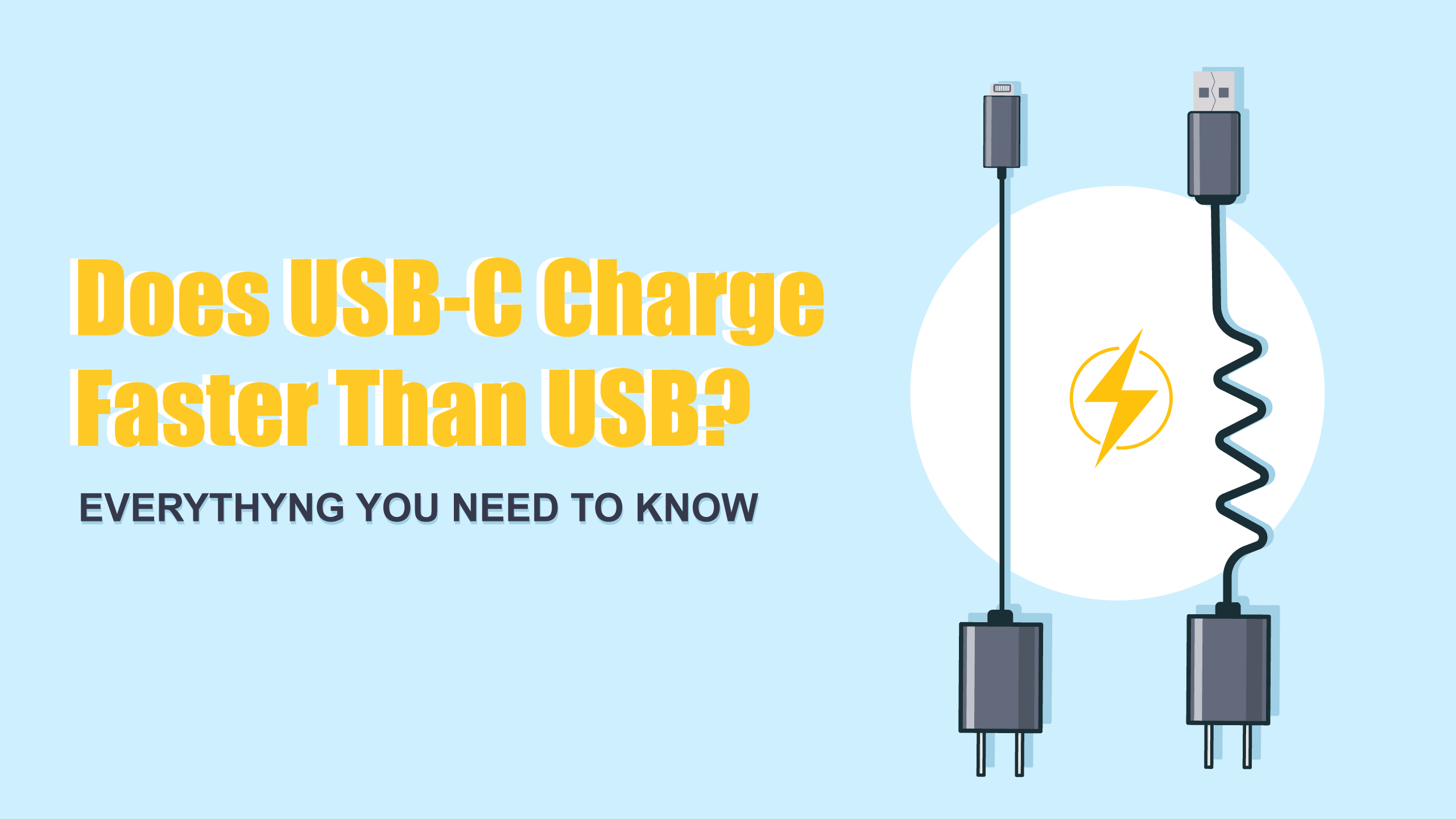
Does USB-C Charge Faster Than USB? Here's What To Know
USB, or Universal Serial Bus, is a convenient technology used to charge and connect a substantial number of electronic devices. From laptops to bulk flash drives, you are bound to interact with the USB format throughout daily life. As the name implies, the format was designed for universal compatibility with products for years to come. However, technology rapidly evolves, allowing manufacturers to develop even more capable hardware. The incentive to do this is very high as it keeps each company in business for the foreseeable future.
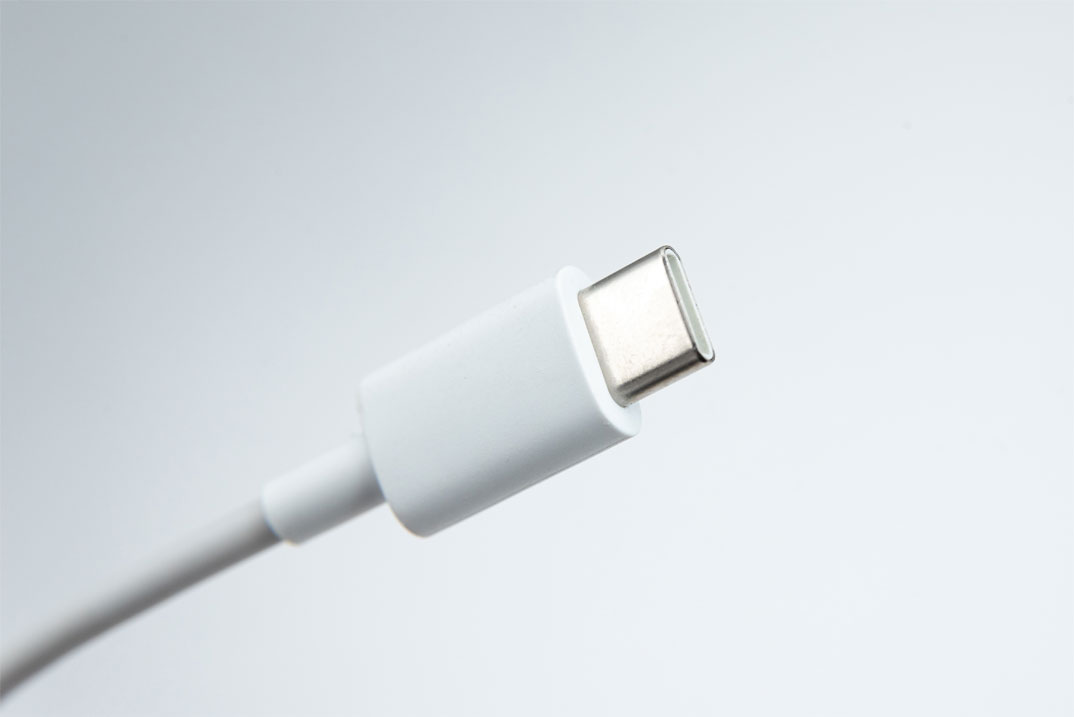
A prime example of this is the USB-C standard, which is rapidly gaining traction throughout the market. If you are wondering about what makes the new format different from its predecessor, you've come to the right place. The following breakdown of each format will help you make an informed decision about which technology is right for your business.
USB-C Charging and Data Capabilities
The USB-C standard was developed by the USB Implementers Forum as a way to simplify the process of charging and transferring data. With the new format, both power and data can be transmitted through the same cable simultaneously. The format quickly took off thanks to the convenience of multitasking and the official backing of the USB-IF. As for data transfer speeds, a majority of USB-C cables are rated at 10Gbps. Keep in mind that there are a few different generations of USB-C to consider. These are usually designated with numbers such as 3.0, 3.2, etc. As the gen number increases, better performance can be expected.
When it comes to charging, a majority of USB-C connectors can output 18 watts. To put that in perspective, Samsung's and Apple's flagship phones can be charged to full in under an hour.
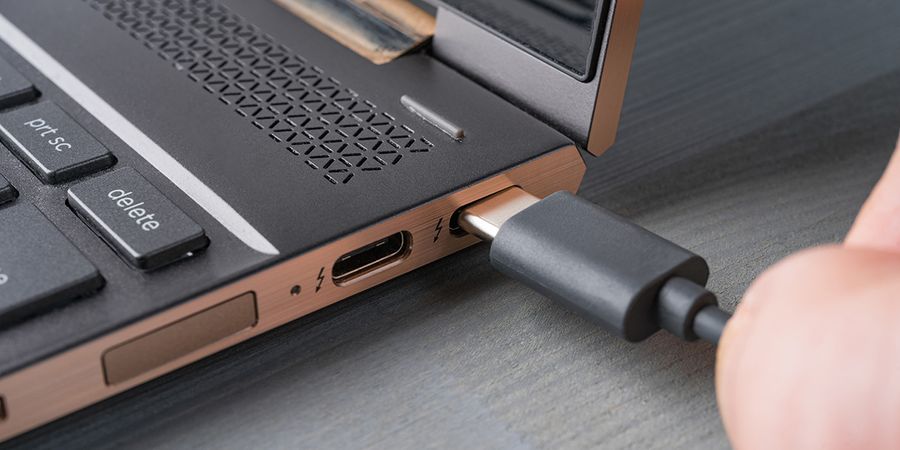
Browse Our Collection of USB-C Drives Here
USB Charging and Data Capabilities
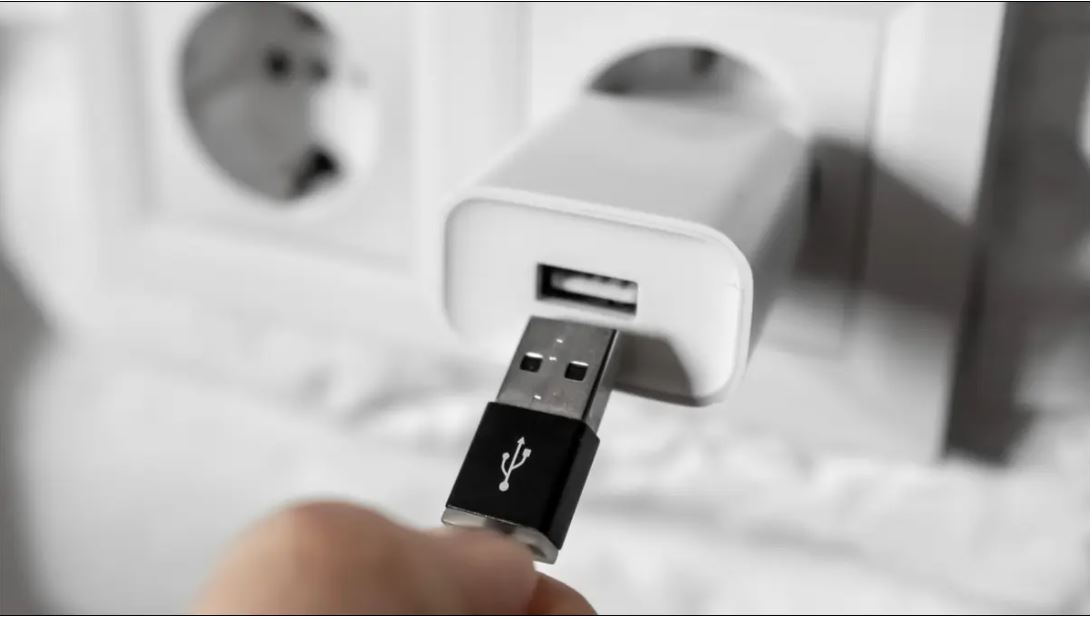
The older USB 2.0 format is still used in a wide variety of devices to this day. If you have older hardware lying around, 2.0 may be your primary option by default. The most common threshold for this standard is a data transfer rate of 480Mbps. If you connect a USB 2.0 connector with an even older USB 1.1 port, your transfer rate will be as slow as the weakest port.
The charging rate of USB 2.0 clocks in at 2.5 watts. This was fine for legacy devices with smaller battery capacities, but modern smartphones will take hours to fully charge at this level of output.
How Fast Is USB-C Charging vs. USB?
When charging with a USB-C connection, there is roughly seven times the output. Keep in mind that your device will not necessarily charge seven times faster than before. Each piece of hardware has its own battery capacity and power-saving features to consider. As for data transfer speeds, USB-C is over 20 times faster, provided you have a full 10Gbps connection.
Create and Order Your Custom USB Designs
Which Format Is Best for You?
While everyone can take advantage of the increased energy output of USB C, there are still a few more considerations to go over. The first is the price. Newer technology costs more, so the cost can quickly add up with USB-C. If you only need to charge a device every once in a while, you can manage simply fine with a 2.0 connection. However, there are certain times when performance and speed matter above all else.
For instance, a photographer is better off splurging on USB-C 3.0 due to all the files that must be transferred between devices. Not only does this dramatically hasten the workflow, but the end photos are likely to be of a higher quality than a USB 2.0 operation. If your business requires a lot of data management, USB-C is the way to go.
Stronger, Better, and Faster
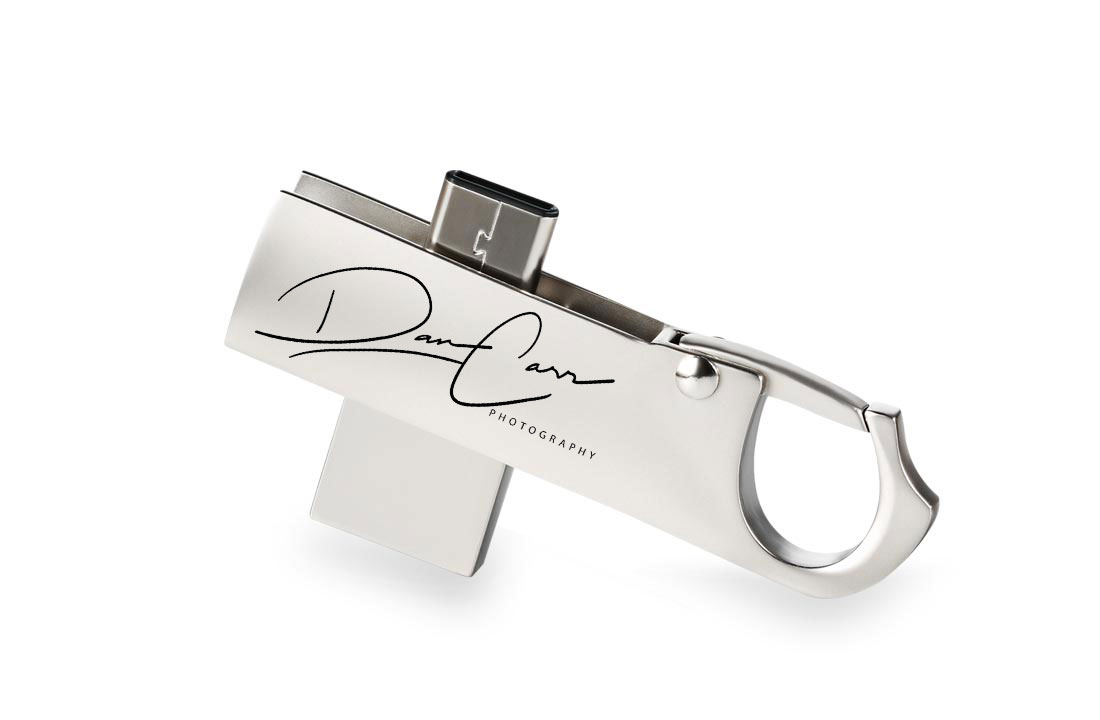
USB-C was an impressive leap over the previous generations of hardware. Upgrades are expected to continue into the future as new standards get developed by the USB-IF. The USB 4 format is already being discussed and prepared for implementation after being announced in 2019. Browse our selection of USB devices at USB Memory Direct.